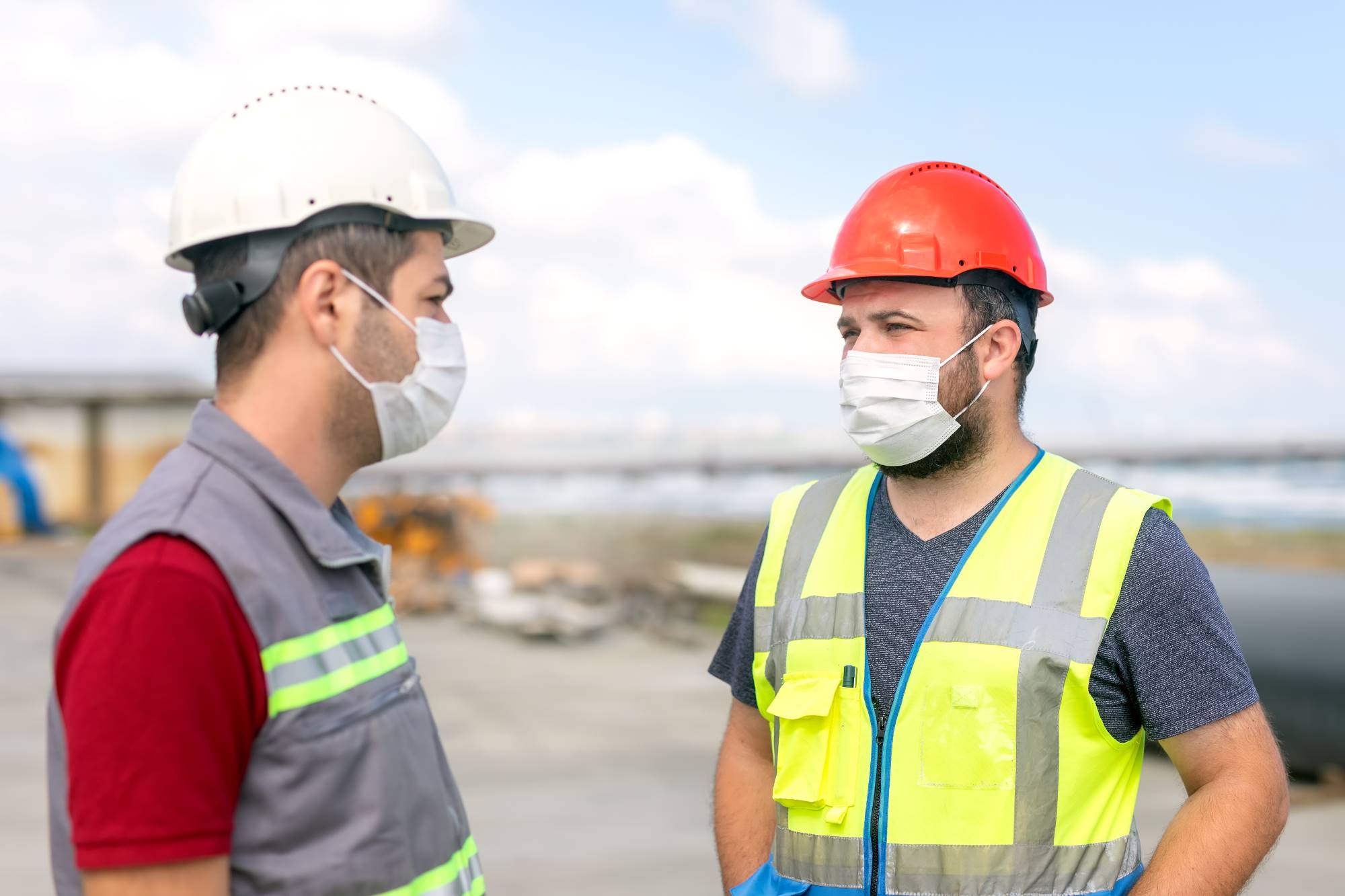It’s up to the prime contractor to ensure that each subcontractor has their own COVID-19 safety plan.

Photo credit: iStock.com/funtay
“Why do subcontractors need to present their own COVID-19 Safety Plan to prime contractors on a multi-employer worksite?”
This is one of the questions WorkSafeBC prevention officers have been answering from employers in the construction industry.
Here’s why: Prime contractors must ensure that their subcontractors are bringing safe operations to their worksites.
During the pandemic, this means that prime contractors need to review and assess each subcontractor’s COVID-19 safety plan to ensure it addresses identified hazards. Each plan should also align with the prime contractor’s plan and include activities even before arrival at the worksite — such as COVID-19 carpooling procedures, if carpooling is required. These frequently asked questions provide more information about the COVID-19 responsibilities of prime contractors on construction sites.
Sharing the role for safety
Recently I spoke with Andrew Kidd, a manager in WorkSafeBC Prevention Field Services for Construction. He and his team of safety officers are answering questions and sharing best practices for effective communication between prime contractors and subcontractors.
“The prime contractor must identify all hazards and provide that oversight,” Andrew says. He reminds employers about everyone’s shared role in safety. “It’s especially important in a multi-employer workplace, where the activities of one employer can bring a hazard to other workers and employers.”
Applying the COVID approach to other workplace hazards
After seeing how well the construction industry came together to respond to COVID-19, safety leaders want to see this coordinated response applied to other hazards.
“The industry came together and said: ‘We have a problem. We need to deal with this,” says Jaret Swanson, the manager of Consultation & Education Services for Construction at WorkSafeBC.
“It’s been a collaborative effort to navigate safe working procedures during the COVID-19 pandemic — a community approach, there’s no doubt about it. Now we’d like to see that same approach adopted for other safety issues — whether it’s fall protection, musculoskeletal injuries, mobile equipment, high-voltage power lines, or others.”
Coordinating safety among subcontractors is important to emphasize this April, which is Construction Safety month in B.C. The message is also important for forestry, manufacturing, health care, and other multi-employer worksites.
See this recorded webinar from the Construction Safety Alliance of B.C. for more information about multi-employer workplace roles and responsibilities.


